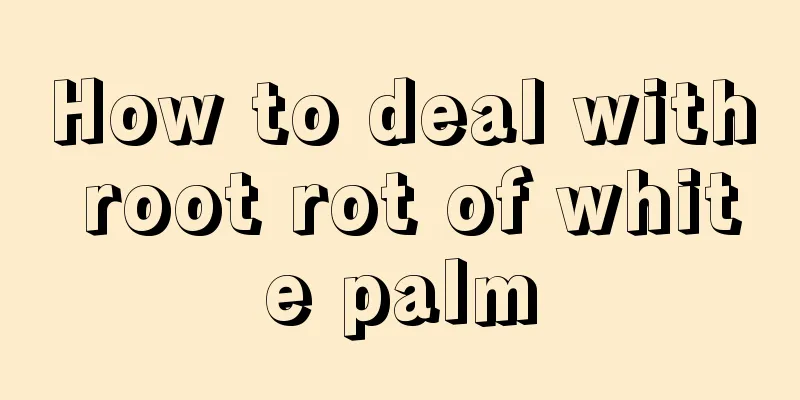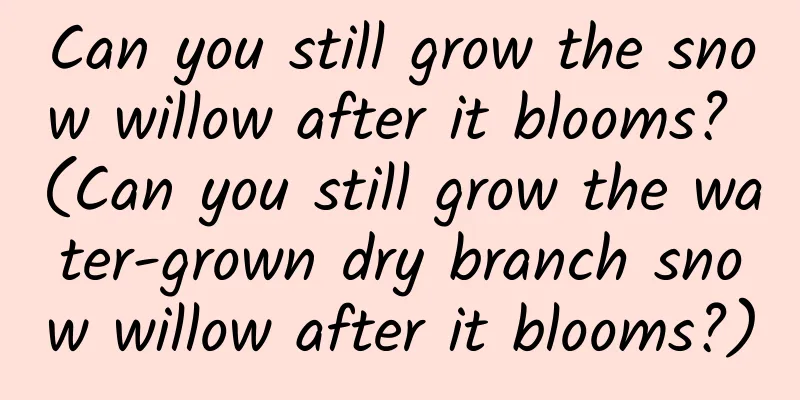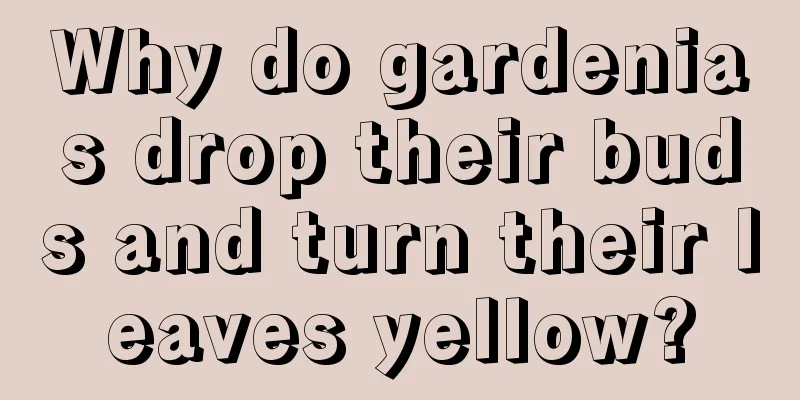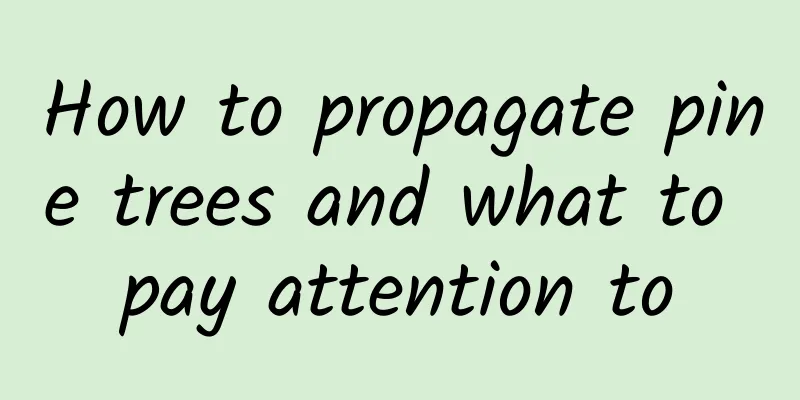Can shredded paper be used as fertilizer?
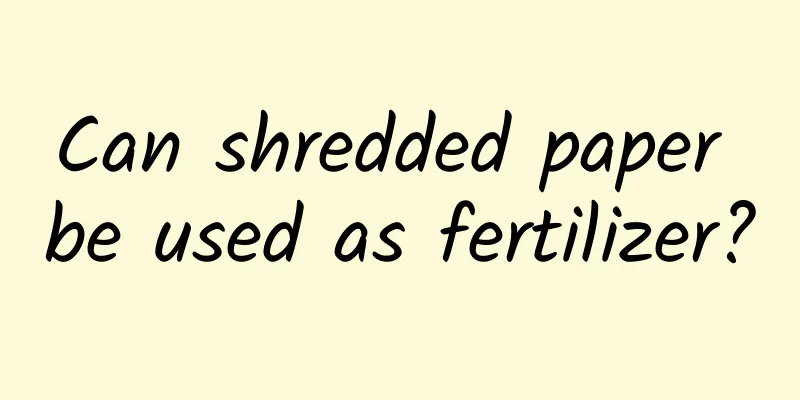
Shredded paper as fertilizerGenerally, shredded paper can be used as fertilizer, and shredded paper can be used directly as fertilizer. It is generally good to use shredded paper to maintain plants. It can improve the air permeability of the soil and make the soil more fluffy. Shredded paper can generally be used as flower fertilizer. The cost of shredded paper is generally very low, and shredded paper can also be used to achieve the purpose of recycling paper. Generally, shredded paper can be used to maintain most plants. How to make fertilizer from shredded paperGenerally speaking, it is very simple to use shredded paper as fertilizer to grow plants. We can just tear it into smaller pieces, and then put it in the soil and mix it evenly. This will promote the rapid growth and development of plants. Key points for using shredded paper fertilizer1. Generally, the nutritional content of shredded paper is not very high, so when using it as fertilizer, you can appropriately match it with some other fertilizers, so that the plants have enough nutrients. 2. When using shredded paper fertilizer, you should not use too much. Using too much shredded paper will also cause waste, so pay attention to the amount and avoid wasting paper scraps. |
<<: Can pine leaves be used as fertilizer?
>>: Can lobster shells be used as fertilizer?
Recommend
How to make Schlumbergera take root quickly by cuttings (illustration of the method and steps of Schlumbergera cuttings)
How to make the survival rate of Christmas cactus...
How many times a year can sweet corn be planted and how long does it take to harvest?
How many crops of sweet corn are planted in a yea...
When is the best time to prune seabuckthorn trees?
Seabuckthorn tree pruning Pruning sea buckthorn t...
What is the most effective drug for red spider mites? How to prevent and control it?
1. Which medicine is most effective? It is a kind...
Hydroponic methods and precautions for garlic
Seed selection First, we need to choose some good...
Maintenance points for plants at different growth stages
Seedling stage The seedling stage refers to the i...
It is difficult for a potted Clivia to bloom. Change some "leaf mold" and it will bloom more and stay longer!
There are several "tsundere kings" in t...
How to plant cherry tomato seeds
Generally speaking, you need to wait until the ch...
How to prune peonies after they bloom
Pruning Peonies After Blooming Proper pruning of ...
Nobel Prize in Physics awarded to climate scientist 2021 Physics Prize winner announced
At about 5:48 pm Beijing time on October 5, the 2...
When is the best time to prune cherry trees?
Cherry tree pruning time Cherry tree pruning is m...
How to divide Dendrobium
Dendrobium division time Dendrobium is an orchid ...
How long does it take for rubber tree cuttings to take root?
Rubber tree cutting rooting time It is best to pr...
How to water cymbidium
Water quality requirements First, let’s talk abou...
The difference between Prunus mume and Prunus mume
1. Differences in the trunk: Prunus armeniaca is ...
